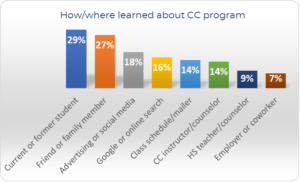According to a Forbes.com article, “92% of consumers believe recommendations from friends and family over all forms of advertising.” At the same time, “64% of marketing executives indicated that they believe word of mouth is the most effective form of marketing.”
This is nowhere truer than in community college marketing. When we look at our own student survey data (check out this recent blog post on media habits and applied-not-registered students for more on this), we see this clearly.
When we asked 9,000+ community college students how they learned about a program, word-of-mouth via personal contacts is the most common answer by far.

Accumulated data from 8 representative surveys. Multiple responses accepted.
This isn’t especially surprising. Word-of-mouth not only helps establish the credibility of your promises, but also provides an opportunity for prospects to see themselves succeeding via the person telling the story. You simply can’t get better than your cousin or childhood friend saying, “If I can succeed at [Your College], you can too.”
This is why student success profiles and testimonials are such an important aspect of any college’s marketing and PR efforts. They provide a similar kind of authenticity. But whereas profiles are something you can control and deploy at will, positive word-of-mouth isn’t.
Successfully leveraging word-of-mouth can be tricky. Not only does it require a bulletproof brand, but also requires a concerted effort to drive conversations about your brand through related marketing and PR efforts.
Here’s a great story about the power of brand and word-of-mouth from Cheryl Broom’s time as director of marketing and communications at MiraCosta College, located in Northern San Diego County.
A couple weeks before Jimmy Figueroa graduated from law school, he got a text from one of his cousins. They were close, had been friends since they were kids but his cousin had made some poor choices and was on his way to prison. Sitting on the prison bus, Jimmy’s cousin looked out to see Jimmy’s face on a MiraCosta College ad located on a side of a bus ad.

2010 MiraCosta College bus ad that’s still making an impact.
Later, his cousin would text Jimmy to relate how the experience had inspired him. As Jimmy tells the story, “When he saw my face on the back of the bus, he felt proud. It made him feel like someone in his life had made it.” Today, Jimmy’s cousin is back by his side and Jimmy himself is running for Oceanside City Council.
“You were the first person to make my story public,” Jimmy recently shared with GradComm CEO Cheryl Broom. “It pretty much kicked off my work and journey to be in the public light.”
Not only does this speak to the power of a community college education, it provides a good example of the way word-of-mouth works.
“Featuring real students in marketing campaigns not only amplifies authentic word-of-mouth but also powerfully showcases a brand’s impact. When potential students see someone they can relate to succeed, it instills a sense of possibility and pride, effectively turning a simple ad into a story of inspiration. At MiraCosta College, we saw first-hand how this approach can transform lives and elevate a brand, building a bridge between community and opportunity.” — Cheryl Broom, CEO of GradComm
How can your community college improve its word-of-mouth marketing?
First, you need to make sure that what people say about your college is positive and truthful. A clear brand identity, strong community perceptions, and a credible history of helping students succeed are the keys here. If you’re uncertain about any of this, brand and community research is the place to start.
The next step is fostering these kinds of positive conversations and interactions through a variety of marketing and messaging tactics. This is what the bus ad did—on a basic level, it gave Jimmy and his cousin a reason to talk about MiraCosta College.
The simple truth is, if you give students a reason to say positive things, they will. So, give them a reason. Show them how, as a campus, you are there to support their success. Solidify your brand. And then, be strategic about how you use marketing to support conversations around that brand.
Third, use actual students, alumni, faculty, staff, and businesspeople in your marketing. Use their images, their words and their stories to convey what you want the community to know about your college. Using actual people and their actual stories not only builds your credibility but also sparks conversations and makes powerful connections, as evidenced in that 15-year-old bus ad that inspired positive life changes and kick-started a life of public service in one family.
While great word-of-mouth isn’t something you can plan on, it is something you can plan for. By deliberately crafting authentic success stories and strategically utilizing marketing channels, institutions can amplify their message and connect more deeply with potential students. This connection not only fosters positive conversations but can also catalyzes change. With careful planning and the right blend of authenticity and strategy, colleges can create an environment where word-of-mouth thrives, ultimately driving student engagement and success.










